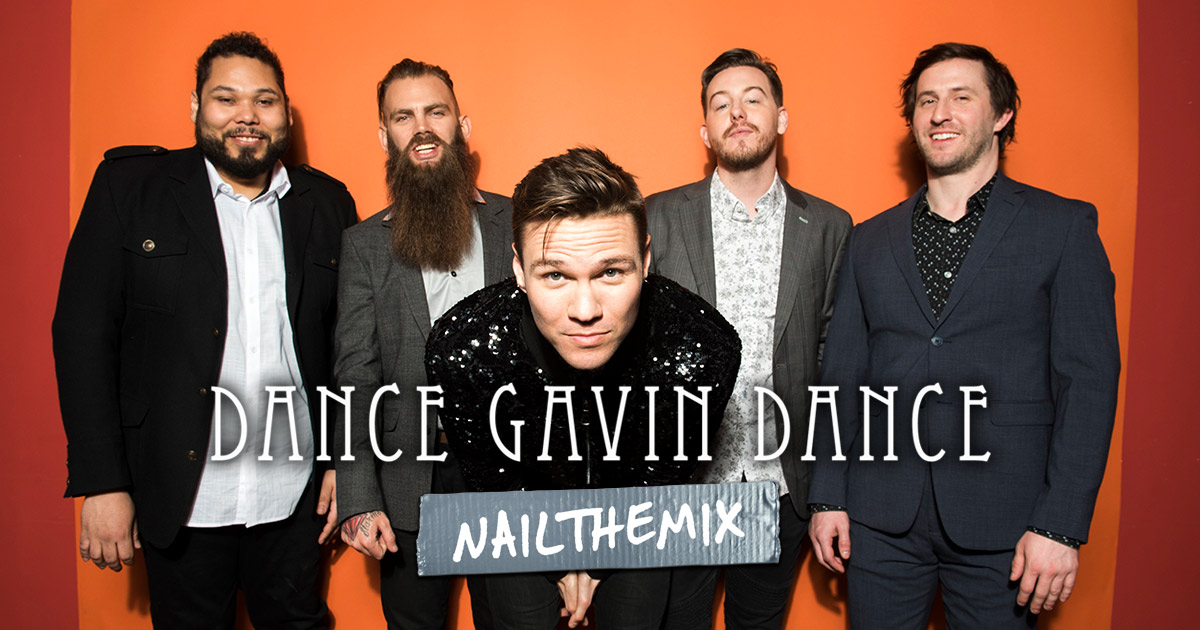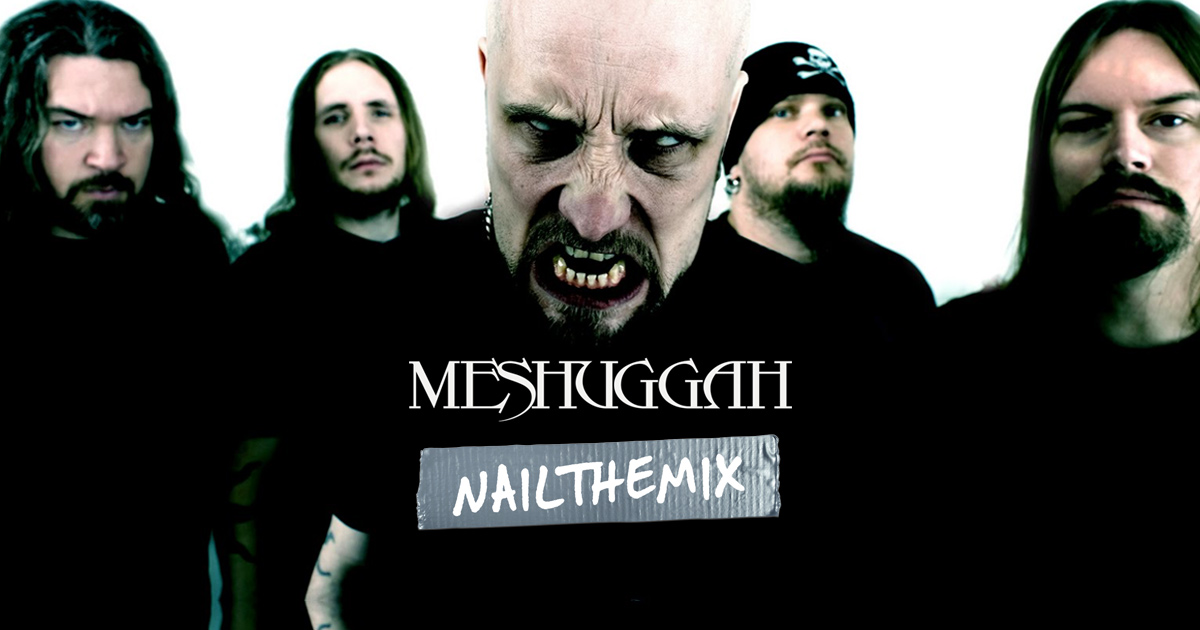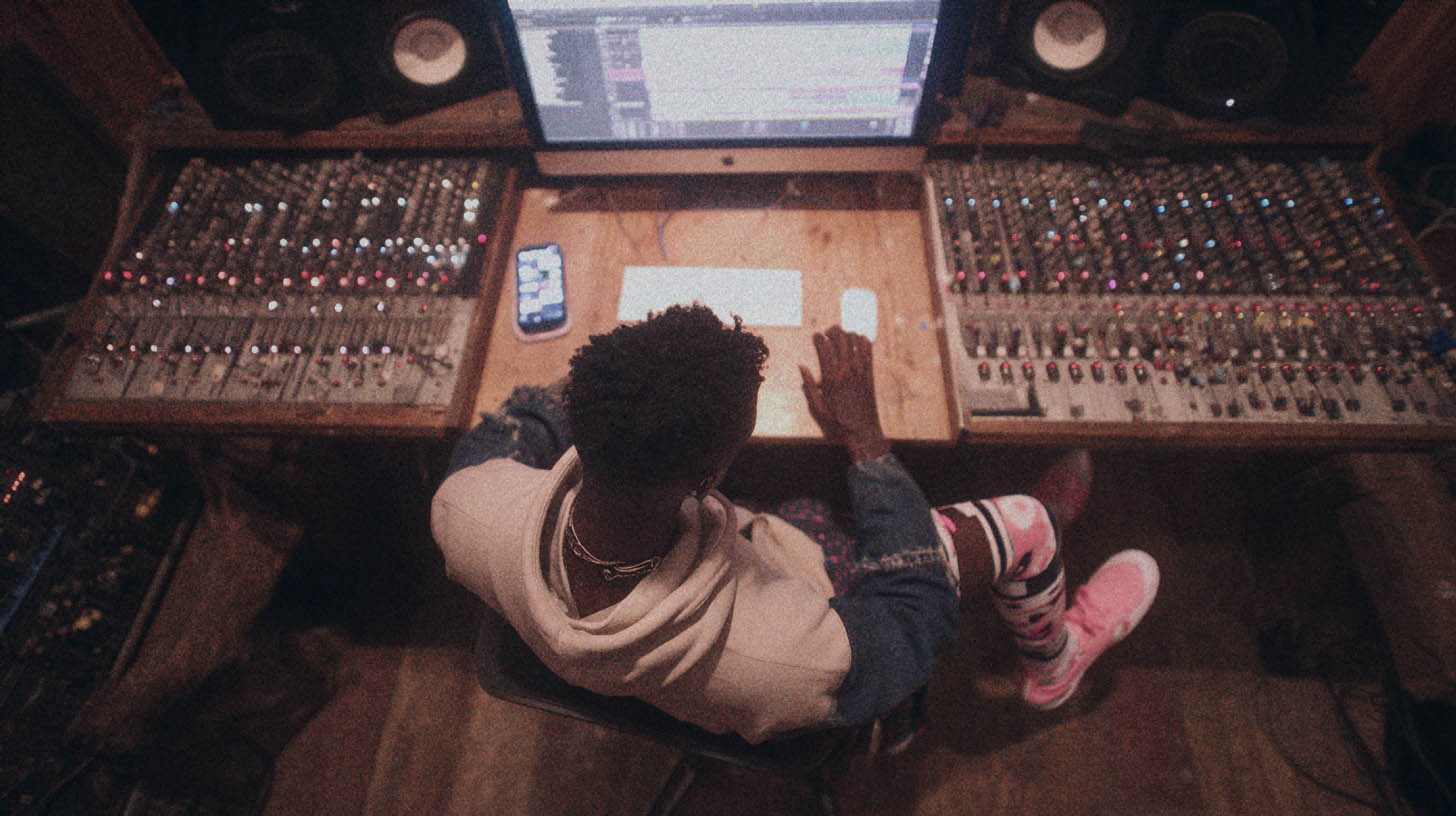
Mixing Punchy Dance Gavin Dance Drums with Kris Crummett
Nail The Mix Staff
Let’s be real, the drum sound on a Dance Gavin Dance record is a thing of beauty. It’s articulate, powerful, and cuts through a dense, technical arrangement without ever sounding fake or over-processed. A huge part of that signature sound comes from the legendary producer Kris Crummett.
Ever wondered how he gets those toms to be so full and punchy? We dove into a Nail The Mix session with Kris to pull out some of his go-to techniques for mixing Dance Gavin Dance toms. Forget abstract theories; these are the practical, in-the-box moves he uses to make them slam. Let’s break down his process.
Prep and Panning: The Drummer’s Perspective
Before you even reach for an EQ, getting the foundation right is critical. Kris emphasizes a couple of key steps that set the stage for a great tom sound.
Clean Up First
This is non-negotiable. Before he starts mixing, Kris goes through and meticulously edits out all the bleed from the tom tracks. He mutes any section where the tom isn’t actually being hit (a task sometimes aided by a precise noise gate). This ensures that when you start compressing and EQing, you’re only processing the tom itself, not a wash of cymbal bleed and snare rattle.
Why LCR Panning Can Sound Weird for Toms
Lots of mixers default to LCR (Left-Center-Right) panning, pushing tracks hard to the sides. Kris takes a different approach with toms, guided by a simple philosophy: mix from the drummer’s perspective.
Think about it from behind the kit. Your high rack tom isn’t sitting way out by your hi-hats. Pushing it 100% to the left can sound unnatural and disconnected. Instead, Kris keeps his toms a little closer to the center, panning the two rack toms to about 80% left and right, respectively. This creates a more realistic and cohesive stereo image that feels like you’re sitting right at the drum throne.
Sculpting the Tone with Surgical EQ
Once the toms are prepped and panned, it’s time to shape their character. Kris’s approach to drum EQ is methodical and musical, focusing on enhancing what’s already there and surgically removing what isn’t needed.
Building the Foundation on the High Tom
Kris often starts with the highest tom (a 10-inch in this case) to dial in a baseline sound. His moves are subtle but effective:
- Cut the Annoying “Snap”: He noticed a harshness in the high-mids and used a fairly wide Q to cut about 5 dB around 3.5kHz. This tames the harsh attack without losing the punch.
- Add Presence: A small boost at 6kHz brings back some of the stick attack and air.
- Remove Mud: A slight dip around 1kHz helps clean up any boxiness.
- Add Body: He wanted a little more weight, but found 200Hz was a bit muddy. He landed on a boost around 150Hz to add fatness and fullness.
- High-Pass Filter: Finally, he rolls off the unnecessary sub-bass rumble with a high-pass filter to clean up the low end, a technique that’s just as crucial for getting a punchy kick drum.
Adapting the EQ for Other Toms
Here’s a pro tip: don’t just copy and paste the same EQ settings across all your toms. While the high tom’s EQ is a great starting point, Kris adjusts it for the other toms. The larger toms, especially the floor tom, have different fundamental frequencies. He found that the same low-end boost that worked on the rack tom was too much for the floor tom, and the other toms didn’t need the 3.5kHz cut to be as drastic. Always listen and tailor your processing to each specific drum.
The Secret Weapon: Adding Punch with Saturation
With the EQ dialed, the toms sound good, but they need that next-level energy. To get them to really pop out of the speakers, Kris uses saturation.
Using the Vertigo VSM-3 for Extra Vibe
Kris reaches for the Brainworx Vertigo VSM-3 plugin. This isn’t a compressor or a standard EQ; it’s a harmonic saturator that can add incredible punch and character. Starting with a “Kick and Snare” preset he created, the key move is to drive the THD (Total Harmonic Distortion) mix knob.
He pushes the THD control to around 50% for both the low and high bands. The result is immediate. The tom becomes way more lively, aggressive, and present—all without adding harshness.
The Power of Perceived Loudness
Here’s the most important takeaway from this trick. After adding the VSM-3, the tom sounds significantly louder, but a look at the meter shows the peak level is almost identical.
This concept of perceived loudness is a cornerstone of powerful, modern mixes. When you can make an element feel louder and more forward without actually eating up precious headroom, you create space for a bigger, punchier, and ultimately louder final mix. It’s a technique that goes beyond simple fader moves or basic compression to add impact and energy.
Tying It All Together for a Killer DGD Drum Sound
So, the roadmap to Crummett-level Dance Gavin Dance toms involves:
- Mindful Prep: Start with clean, bleed-free edits.
- Drummer-Perspective Panning: Keep toms panned more naturally, not hard left/right.
- Surgical EQ: Carve out space and enhance the good stuff, customizing for each tom.
- Saturation for Punch: Use a tool like the Vertigo VSM-3 to add perceived loudness and aggression without destroying your headroom.
Applying these techniques will get you started on the path to incredible drum tones, but for a broader look, be sure to check out these fundamental techniques for mixing drums. Reading about it is one thing—seeing it in action is another.
Dance Gavin Dance on Nail The Mix
Kris Crummett mixes "Young Robot"
Get the Session
Imagine watching Kris Crummett not only apply these tricks but also automate levels, blend them with the overheads and room mics, and make them sit perfectly against frantic guitars, intricate basslines, and soaring vocals. At Nail The Mix, you can do just that. Every month, you get the raw multi-tracks from a massive song, like from the DGD “Young Robot” session, and watch the original producer mix it from scratch, explaining every single decision. If you’re ready to move beyond presets and learn how the pros truly craft their sound, check out the full Dance Gavin Dance mixing session and explore our comprehensive guide on Mixing Modern Metal.
Get a new set of multi-tracks every month from a world-class artist, a livestream with the producer who mixed it, 100+ tutorials, our exclusive plugins and more
Get Started for $1



